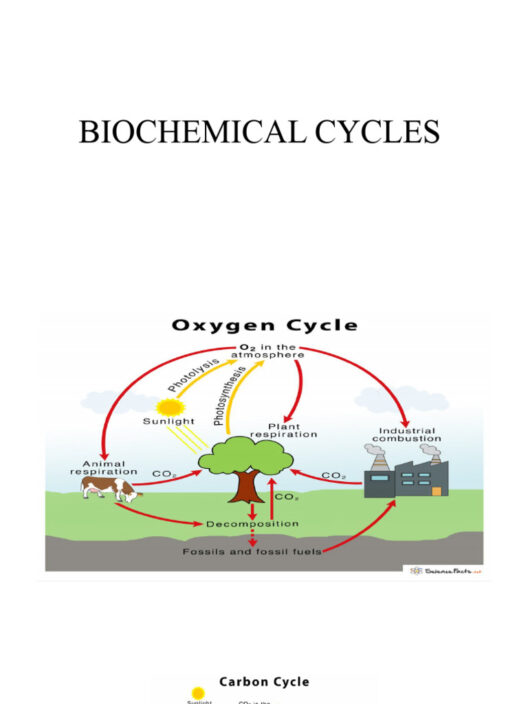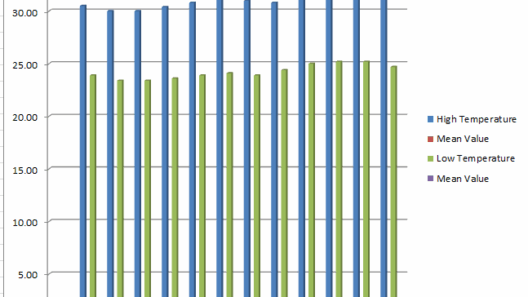Climate change presents one of the most formidable challenges of our time. As temperatures rise, glaciers melt, and ecosystems falter, we are confronted with an imperative question: What are the solutions to climate change? This inquiry transcends mere academic pursuit; it is a clarion call for action. What if we could harness both science and innovation to forge a sustainable path forward? The interplay between these elements will dictate our success in mitigating the impacts of climate change.
Addressing climate change involves a multi-faceted strategy that encompasses technological innovation, policy reform, and individual behavioral shifts. Each solution, while distinct, is interconnected—forming an intricate web that fosters resilience against the transformative shifts that climate change engenders.
One of the most potent instruments in our arsenal is renewable energy. Transitioning from fossil fuels to renewable sources such as solar, wind, and hydroelectric energy is paramount. These alternatives not only reduce greenhouse gas emissions but also diminish our dependency on depleting resources. For instance, advancements in solar photovoltaic technology have drastically reduced costs, making it feasible for both individual households and large-scale utilities. The challenge lies in enhancing the efficiency of energy storage solutions, which is essential to manage demand and supply fluctuations.
In tandem with renewable energy, enhancing energy efficiency is critical. From retrofitting buildings to employing energy-efficient appliances, these measures not only curtail emissions but also obviate economic waste. Imagine a world where each structure is an energy-producer rather than a consumer—could this futuristic scenario become our reality? As cities evolve, so too should our approach to energy consumption. Smart grids and energy management systems could revolutionize how we interact with energy, ensuring that it is used judiciously.
Moreover, electrifying transportation systems is an essential step toward sustainable mobility. The transportation sector has historically been a primary contributor to greenhouse gas emissions. Electric vehicles (EVs) offer a robust alternative; however, they are only as clean as the energy used to power them. Transitioning to an electric transportation network requires investment in charging infrastructure and investment in battery technology to increase range and decrease charging time. The question then becomes: How can governments incentivize such changes without placing undue burden on taxpayers? Innovative financing mechanisms could hold the key.
On a broader scale, reforestation and afforestation initiatives present significant potentials to sequester carbon dioxide from the atmosphere. Forests serve not only as vital carbon sinks but also as biodiversity reservoirs. The loss of forests is a double-edged sword; it exacerbates climate change while simultaneously diminishing habitats. The challenge of restoring deforested areas invites a complex interplay of ecological knowledge and community engagement. How can we ensure that local populations are collaborative stakeholders in reforestation efforts? Engaging communities in sustainable land management practices unearths pathways to lasting environmental stewardship.
Carbon pricing mechanisms have emerged as a pivotal policy tool to compel businesses and consumers to internalize the environmental costs of their actions. By placing a monetary value on carbon emissions, we create a financial impetus to reduce reliance on carbon-intensive practices. While this approach has its merits, it also poses challenges in terms of equitable implementation. How can we ensure that vulnerable populations are not disproportionately impacted by these policies? Crafting equitable carbon pricing strategies necessitates robust dialogue among stakeholders from diverse sectors.
Innovation in agricultural practices is also critical; agriculture is responsible for a significant percentage of global greenhouse gas emissions. Improving land-use efficiency, adopting regenerative agriculture techniques, and minimizing waste in the food supply chain can materially reduce our carbon footprint. The application of precision agriculture technologies can optimize resource use while maintaining high yield outputs—an essential balance in facing a growing global population’s needs. Yet, transforming agricultural systems requires a cultural shift among producers and consumers. How can we cultivate a mindset that cherishes sustainability and reduces the ecological footprint of our meals?
Lastly, education and advocacy play pivotal roles in galvanizing action against climate change. Awareness is the precursor to change; fostering a profound understanding of the climate crisis empowers individuals to make informed decisions. Educational institutions should integrate climate change into curricula at all levels, promoting critical thinking and problem-solving skills. This investment in human capital serves a dual purpose: it equips future generations to tackle the climate crisis while generating a more informed electorate that can advocate for substantial policy reforms. Community organizations and grassroots movements can amplify these messages, creating a symbiotic relationship between knowledge and action.
In summary, the solutions to climate change are as diverse as the challenges it presents. From renewable energy and electrified transport to carbon pricing and regenerative agriculture, the path forward is intricate yet illuminated by the potential for innovation and collaboration. As we grapple with scientific data and the imperative for action, we embark on an ambitious expedition toward sustainability. Embracing these solutions is not merely an option but a necessity. The question must be reframed: Are we ready to meet this challenge together, leaving a resilient planet for future generations?






